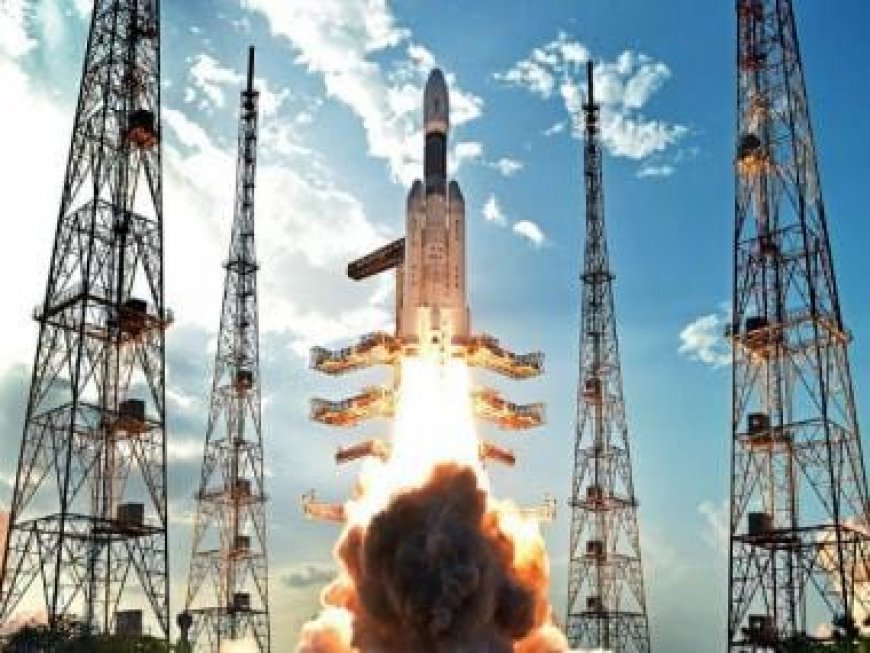Atmanirbhar GPS: What the successful deployment of the NVS-1 NavIC satellite means for India
Atmanirbhar GPS: What the successful deployment of the NVS-1 NavIC satellite means for India

In the latest development, the Indian Space Research Organisation (ISRO) successfully carried out its fifth launch of 2023. The launch involved placing a 2232-kilogram satellite, known as NVS-1, into space as part of the NavIC series. The GSLV F12 rocket was used for this mission, which took off from the Satish Dhawan Space Centre in Sriharikota.
The NVS-1 satellite is a significant milestone in the advancement of the next-generation NavIC satellite system. Its primary purpose is to enhance India’s navigational capabilities. The development of this system was driven by the increasing requirements of the Civil Aviation sector in the country, specifically for improved positioning, navigation, and timing services.
Why is NavIV important for India to become self-reliant?
The Navigation with Indian Constellation (NavIC) is a regional satellite navigation system developed by ISRO. It consists of seven satellites in orbit, working in conjunction with ground stations. The network offers navigational services to both general users and strategic users, including the armed forces.
The development of the NavIC system was driven by the increasing requirements of the Civil Aviation sector in India, aiming to enhance positioning, navigation, and timing capabilities. The coverage area extends beyond India, encompassing a region up to 1500 km beyond its borders.
The NavIC satellites play a vital role in various applications across terrestrial, aerial, and marine transportation, location-based services, personal mobility, resource monitoring, surveying and geodesy, scientific research, time dissemination and synchronization, as well as safety-of-life alert dissemination.
The NavIC network provides coverage over a vast area, encompassing India and extending up to 1500 km beyond the Indian boundary. This extensive coverage enables the system to support a wide range of applications and facilitate accurate positioning, navigation, and timing services in the designated regions.
What makes NVS-1 special?
The recently launched NVS-1 satellite is part of the second-generation NavIC satellite series. It ensures the continuity of legacy NavIC services while also introducing new services in the Li band. The spacecraft is built using the standard 1-2K Bus and is compatible with the launch requirements of the GSLV rocket.
NVS-1 is equipped with two solar arrays capable of generating up to 2.4 kW of power, along with a Lithium-ion battery to support the payload and bus load during eclipses. The satellite incorporates passive and active thermal management systems, a unified bi-propellant propulsion system, and a three-axis body stabilized zero momentum system with reaction wheels.
One noteworthy component of the payload is an indigenously developed Rubidium atomic clock, created by the Space Applications Centre in Ahmedabad. The inclusion of this clock is significant, as it is a sophisticated technology possessed by only a select few countries, highlighting India’s technical capabilities in this field.
India’s launch capabilities also get highlighted again
The recent launch by the Indian space agency marks the second successful mission within a month and the fifth launch of the year. Prior to this, in April, the agency conducted the PSLV-C55 mission, which involved the deployment of two satellites. Among them, the primary satellite was TeLEOS-2, equipped with a Synthetic Aperture Radar (SAR) payload.
The PSLV-C55 mission carried significance as it facilitated the launch of two Singaporean satellites and seven Indian experiments. This mission showcased the collaborative efforts between India and Singapore in the field of space exploration and technology. The primary focus of the mission was to deploy the TeLEOS-2 satellite, which is equipped with SAR technology, allowing for advanced remote sensing capabilities.
This mission marks the ninth flight of the GSLV with the indigenous cryogenic stage. The GSLV, with a height of 51.7 meters and a lift-off mass of 420 tonnes, is a heavyweight rocket. It is expected to reach an apogee (highest point) of 36,568 kilometers, and the payload is set to separate after approximately 18 minutes of flight.
Read all the Latest News, Trending News, Cricket News, Bollywood News,
India News and Entertainment News here. Follow us on Facebook, Twitter and Instagram.
What's Your Reaction?



























































